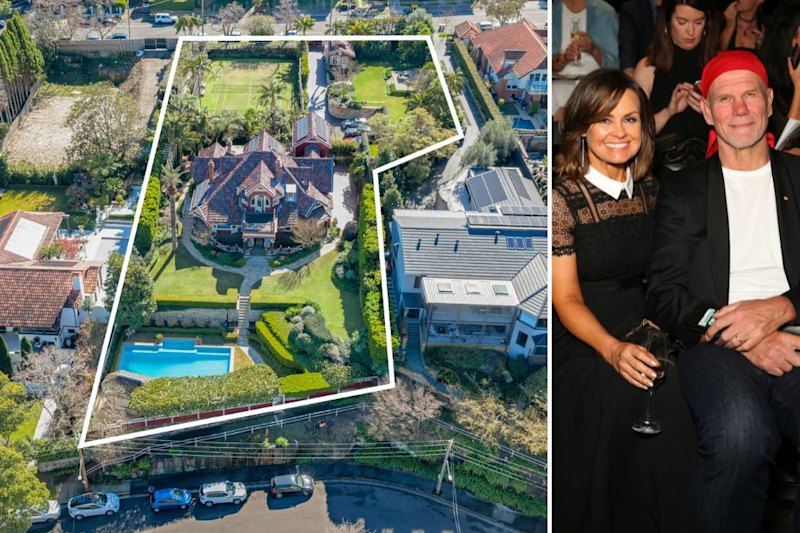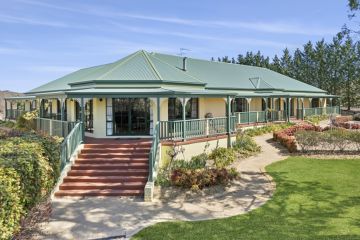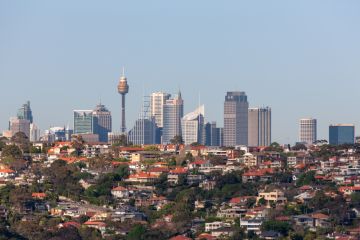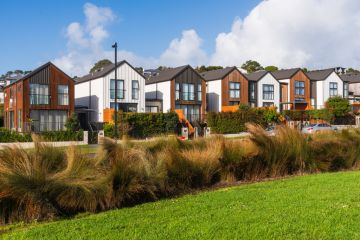Modest but better result for Brisbane house prices
Buyer activity in the Brisbane housing market remains largely subdued with the recent trend of modest house price increases continuing.
The Domain house price report for the September quarter revealed that the Brisbane median house price increased by just 0.8 per cent over the quarter to $497,143. Although this was a markedly higher result than the 0.1 per cent increases reported over each of the previous two quarters, Brisbane house prices have increased by just 1.1 per cent this year so far.

Photo: Supplied
Brisbane house prices have now increased by 3.6 per cent over the past year which is lowest result of all the capitals except the resource capitals of Perth and Darwin – down by 3.2 per cent and 5.1 per cent respectively. By contrast Sydney house prices have increased by an exceptional 21.7 per cent over the same period.

Photo: Supplied
House price growth in Brisbane this year is now unlikely to match the 6.5 per cent increase recorded over 2014 with the growing likelihood that 2015 will be a flat year for growth.
Over the past five financial years Brisbane house prices have increased by just 4.5 per cent which is clearly the worst performance of all the mainland state capitals and well below the increase of 7.8 per cent in the local inflation rate.
Brisbane unit prices fell again over the September quarter – down by 0.6 per cent to $362,737 for a sharp annual decrease of 5.6 per cent. Unit prices have now fallen for five consecutive quarters with these results clearly reflecting the impact on the market of the continuing high levels of new apartment development in Brisbane over recent years.
Other capital city markets have generally reported moderating house price growth as the impact of low and falling interest rates earlier in the year is clearly diminishing. The previously booming markets of Sydney and Melbourne recorded sharp falls in house price growth levels although results remained relatively strong.
Subdued house price growth in Brisbane reflects the impact of an underperforming local economy over recent years. Latest ABS data for Queensland reports that the state seasonally adjusted jobless rate fell from 6.4 per cent to 6.3 per cent over September reflecting an increase of 4600 jobs over the month.
The Queensland unemployment rate however remains the highest of all the states with the exception of South Australia and has shown no sign of real improvement for two years. An improved economic performance and rising confidence are the keys to general sustained growth in the Brisbane housing market.
Recent moves by financial regulators that have resulted in across-the-board higher interest rates for residential investors and increases in owner-occupiers mortgage rates by Westpac and now the Commonwealth Bank are however significant negatives for the prospects of the local housing market.
These policies were designed to offset perceived risks from overheating housing markets notably Sydney, but ignore the generally lacklustre performance of most other capital city housing markets and have only likely added to subdued buyer activity in Brisbane.
The spectre of higher interest rates challenging already weakening housing markets however may be offset by a cut in official rates next month. Latest disappointing national ABS jobless data for September surely adds to the case for a cut.
The national seasonally adjusted unemployment rate remained steady at 6.2 per cent over the month despite a fall in the number of employed. Only a drop in the participation rate kept the jobless rate steady as discouraged job seekers and retirees departed the workforce. The national unemployment rate has remained intractably above 6 per cent for 16 consecutive months.
A November rate cut by the Reserve Bank would provide an early Christmas present for retailers and help resuscitate a continuing dormant economy. A rate cut would be unlikely to refuel the sharply dissipating Sydney house price boom, but would certainly provide welcome relief to the resources states and their struggling housing markets that have carried a significant proportion of the national economic load for the past decade.
Dr Andrew Wilson is Domain Group Senior Economist Twitter@DocAndrewWilson
We thought you might like
States
Capital Cities
Capital Cities - Rentals
Popular Areas
Allhomes
More







